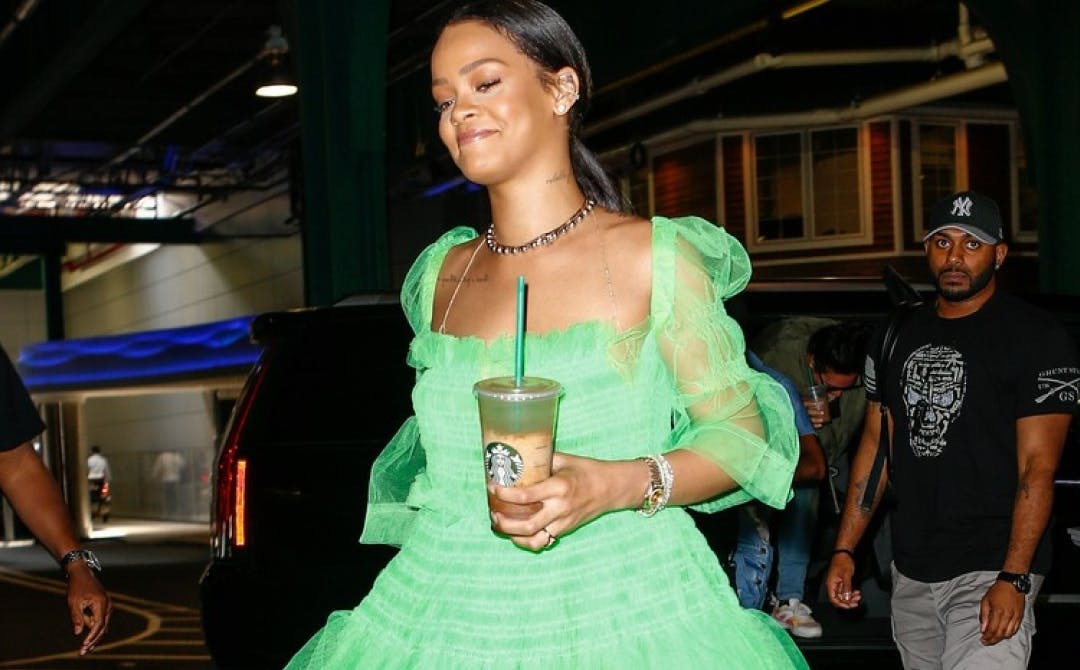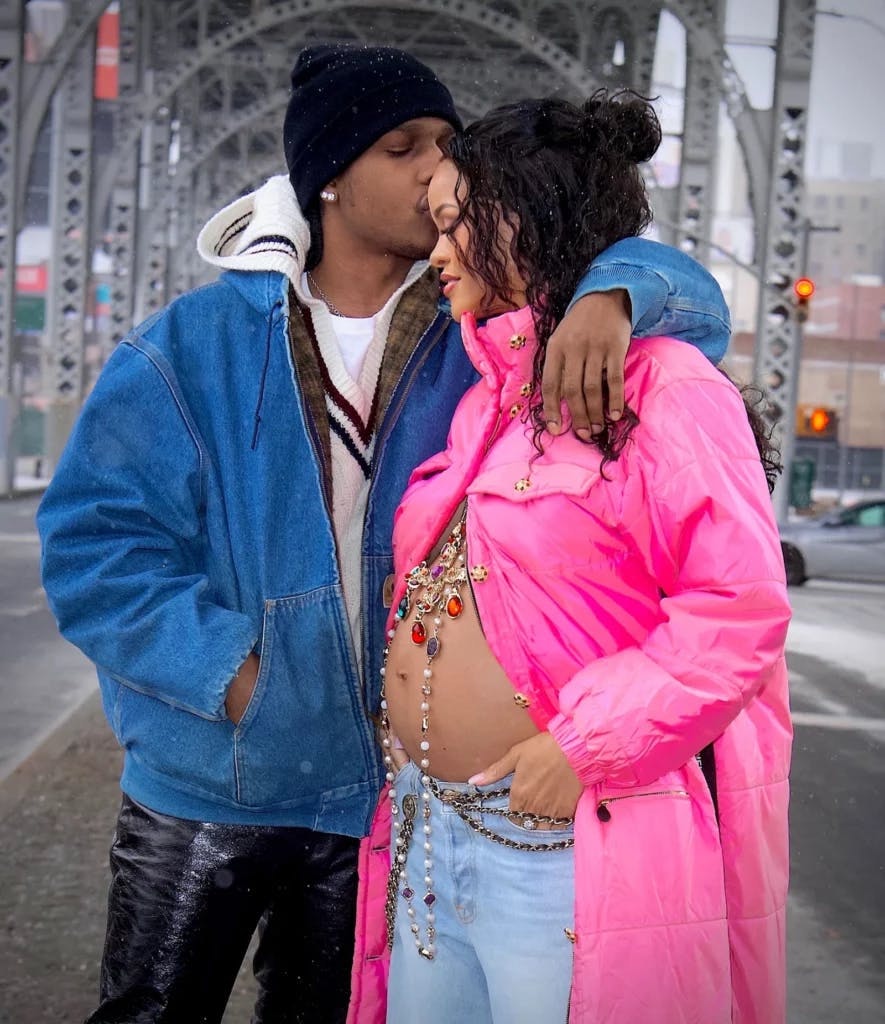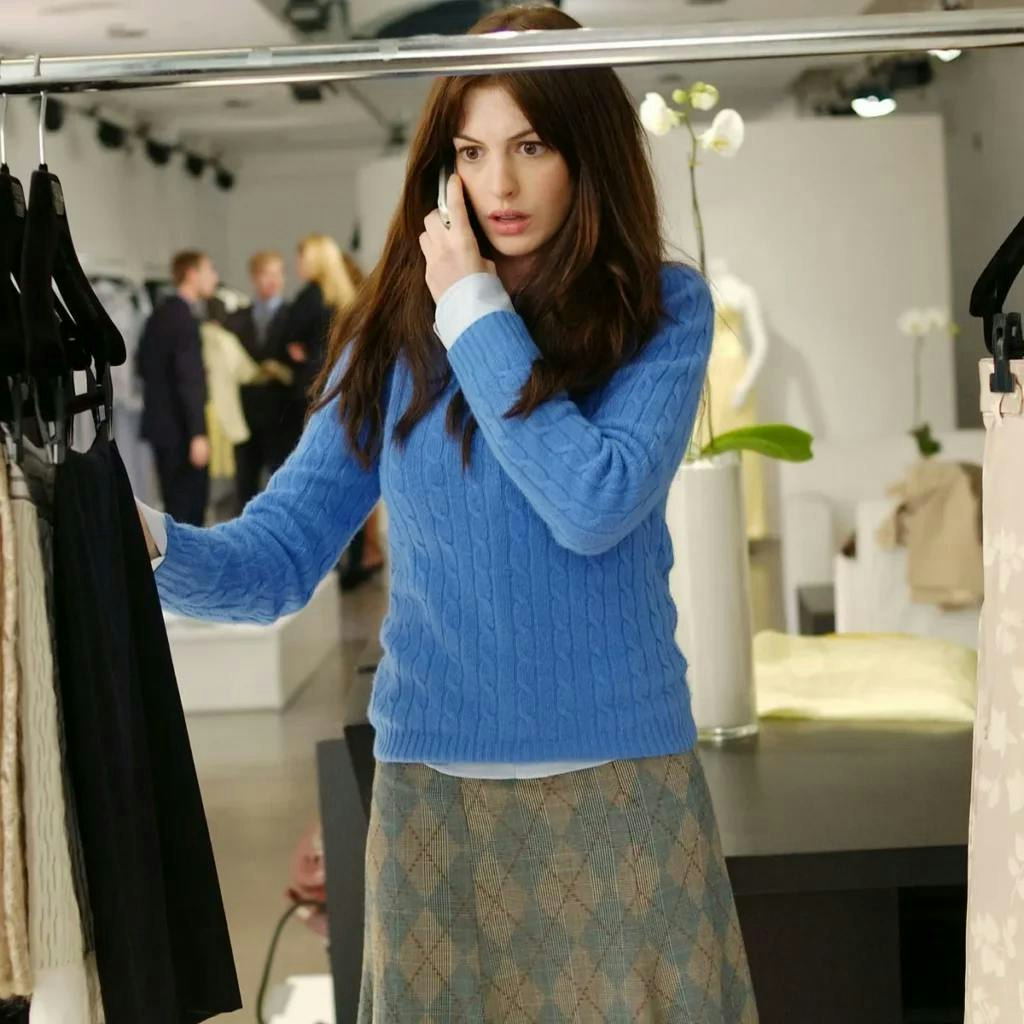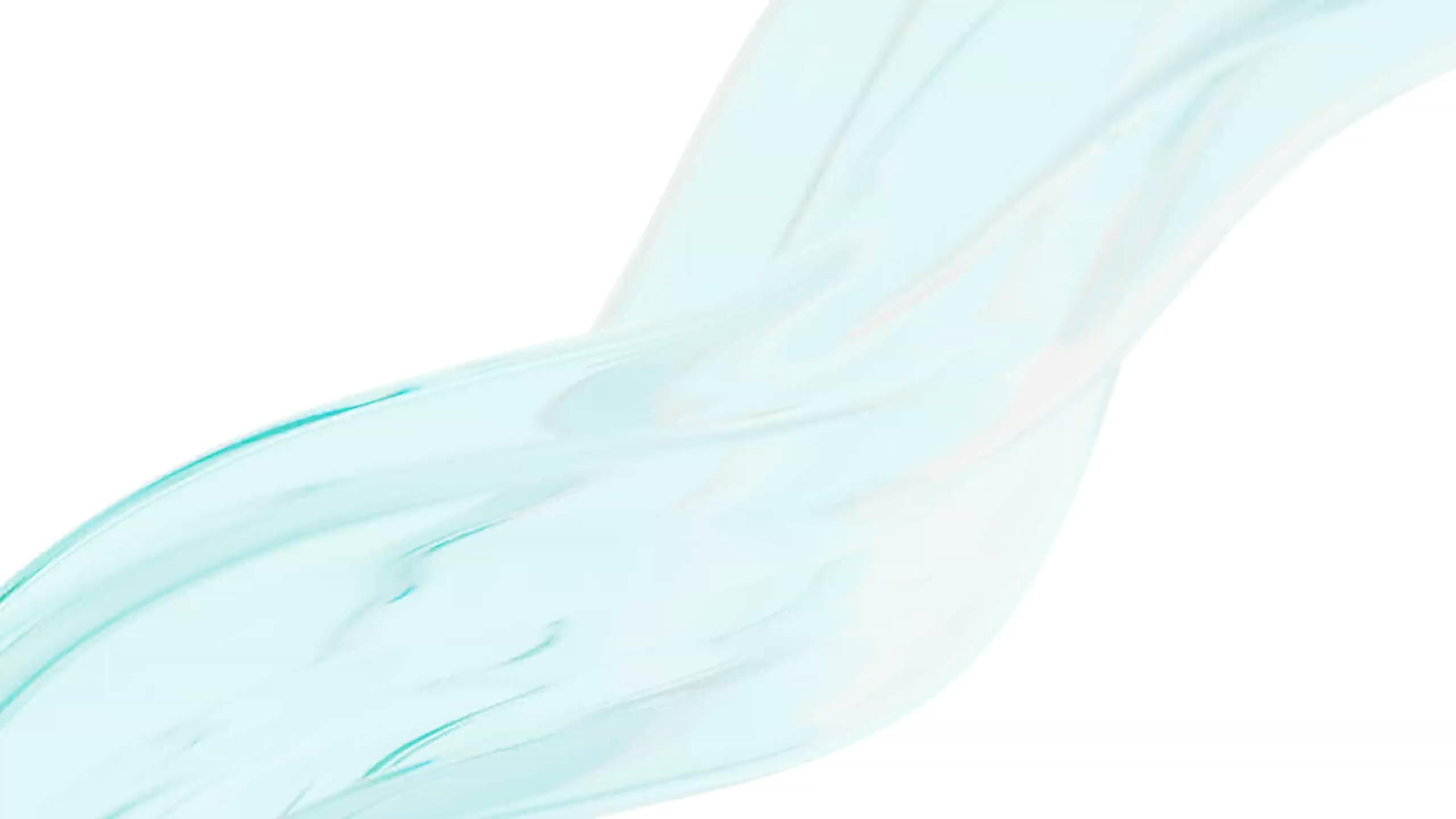
Dopamine Dressing and The Devil Wears Prada: A Conversation with Joanna Karamanis
As part of SYW’s fashion mindfulness week we have been speaking with industry experts all about the interconnected nature of fashion and psychology. Joanna Karamanis, Fashion Psychologist takes us through the power of clothes and their impact on our psyche.
Georgia Taylor-Stidwell: What is dopamine dressing?
Joanna Karamanis: It’s wearing the clothes that make us feel good. Dopamine itself is a type of neurotransmitter, it sends messages between nerve cells and is released when we do something which leads to pleasure, when we’re expecting reward and it’s also involved in memory, which also motivates us to repeat that behaviour.
Dopamine dressing is dressing in clothes that spark that sense of pleasure. There tends to be a misconception that dopamine dressing is just wearing bright, bold colours but this definitely isn’t always the case.

Rihanna photographed recently wearing a bright pink Chanel 1996 jacket to announce her pregnancy with A$AP Rocky
We have natural innate responses which are modified by our individual culture, history and experiences. Wearing bright, bold patterns and colours can give us a boost. Generally brighter colours such as yellow can make us feel cheerful and energetic, cool colours such as blue can make us feel calm, navy can project trustworthiness, but we all attribute different meanings to all colours. A sense of happiness is linked to our own experiences, and it is too subjective to be linked to a colour such as yellow or orange. When it comes to feeling good there is no one size that fits all.
Rather than focusing on wearing specific colours that may potentially give people a dopamine boost, individuals should focus on the associations they’ve made in the past and the outfits that make them feel good. For some this might be an all black outfit, for others it might be green. Dopamine dressing may be wearing a specific colour, a piece you previously got complimented on the last time you wore it, or it may be a certain silhouette, a specific type of material, or a brand. Colour matters as far as the meaning we attribute to it and the degree in which we believe in its powers, but also the degree to which we’ve received positive feedback from others when in that clothing which have made us feel good.
G: Could creative dopamine dressing be a potential solution or alternative to our obsession with new things as the ultimate source of joy?
J: Social media plays a huge part in creating and fuelling the desire to buy unnecessary new things. Generating constant media and social pressure to wear something new every day, so that it’s become unacceptable to wear an item that you’ve already posted online. But in fact studies show that people in tailored and customised clothing present a more positive image than those wearing off the rack. What this tells us is that customising your own clothes to suit you and fit your style has greater positive impact if not better than constantly buying something new, which will be “out of fashion” soon anyway.
Being creative with your dressing and dressing creatively to spark that feeling of pleasure can generate an effective dopamine boost to challenge any shopping experience definitely act as an alternative to buying new items, especially when in actual fact we only wear 20% of our wardrobe 80% of the time and the other 80% only 20% of the time. Refining and developing personal style with the items we have can be all empowering, creating a sense of control over our bodies. We can enhance aspects of our bodies we like and conceal the ones we feel more insecure over. Creative dressing can positively impact our well-being, boosting our confidence and enhancing self-esteem, making us not only feel great but also unique!
G: How interconnected are psychology and fashion? What are the benefits for consumers of understanding and interrogating this link?
J: Fashion and psychology are inextricably linked. To quote Dr Caroline Mair “Fashion is psychology”. ‘Clothes are the closest thing we have to our body, it’s our second skin and we use clothes as an outward display of our self and our identity.’ What we wear can reflect who we are, effect our behaviour and also how people behave towards us and perceive us.
When we talk about fashion and psychology I sometimes remind people of that scene in The Devil Wears Prada where Miranda (the character of an editor of a well known magazine) interrupts Andy to explain the entire process behind her choice of blue sweater.

Andy in the film The Devil Wears Prada (2006)
‘You go to your closet and you select out, a lumpy blue sweater, because you’re trying to tell the world that you take yourself too seriously to care about what you put on your back. But what you don’t know is that that sweater is not just blue, it’s not turquoise, it’s actually cerulean.’ She explains how different designers used the same colour in their collections and how that colour represents millions of dollars and jobs. The fact that Andy doesn’t consider herself to be ‘in fashion’ still doesn’t exempt her from the fashion industry. Whether we like it or not it’s the same for every human being, we all wear these clothes and it’s important that we understand it in the psychological context.
Stay tuned for more fashion mindfulness interviews this week!





